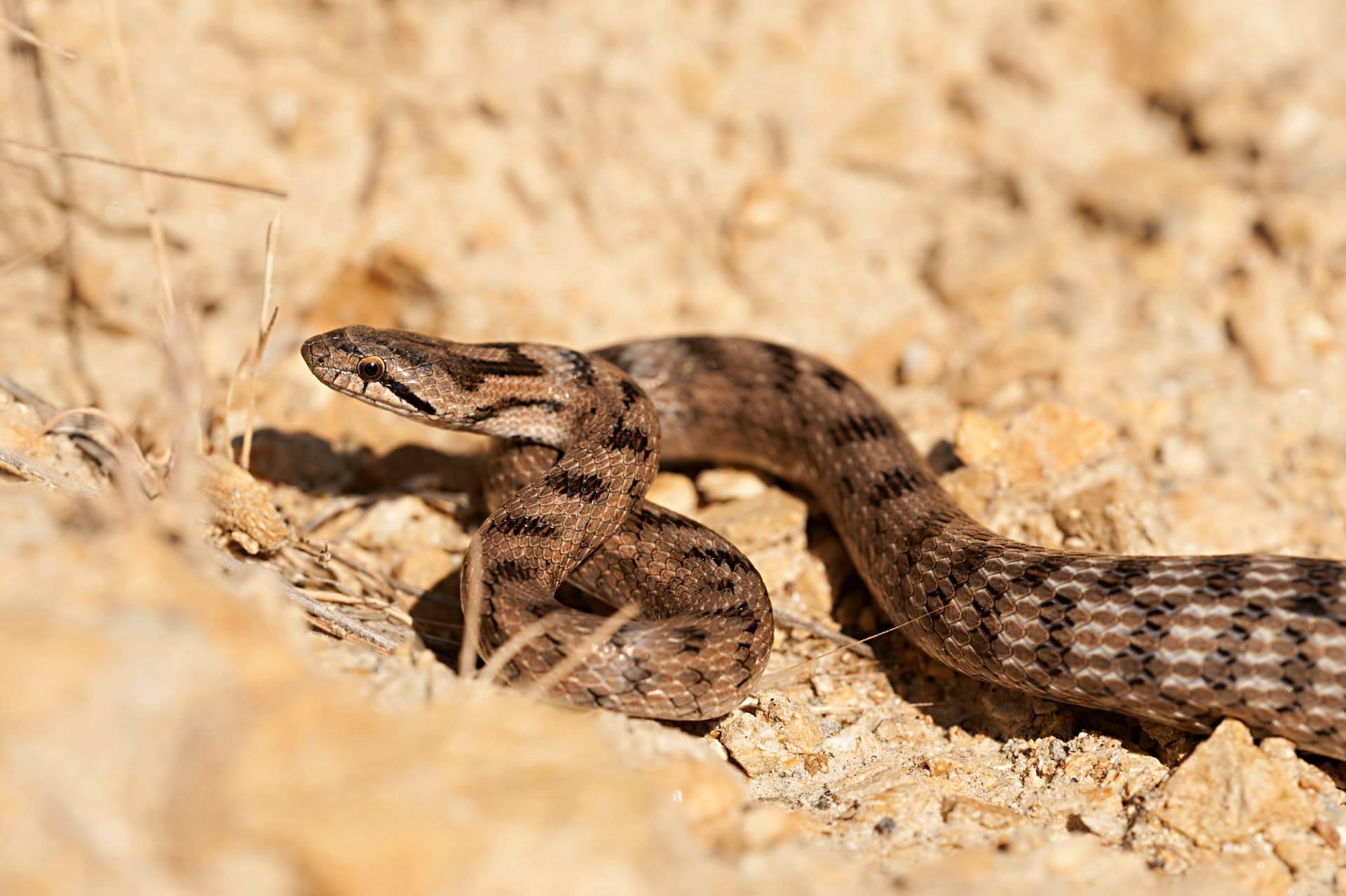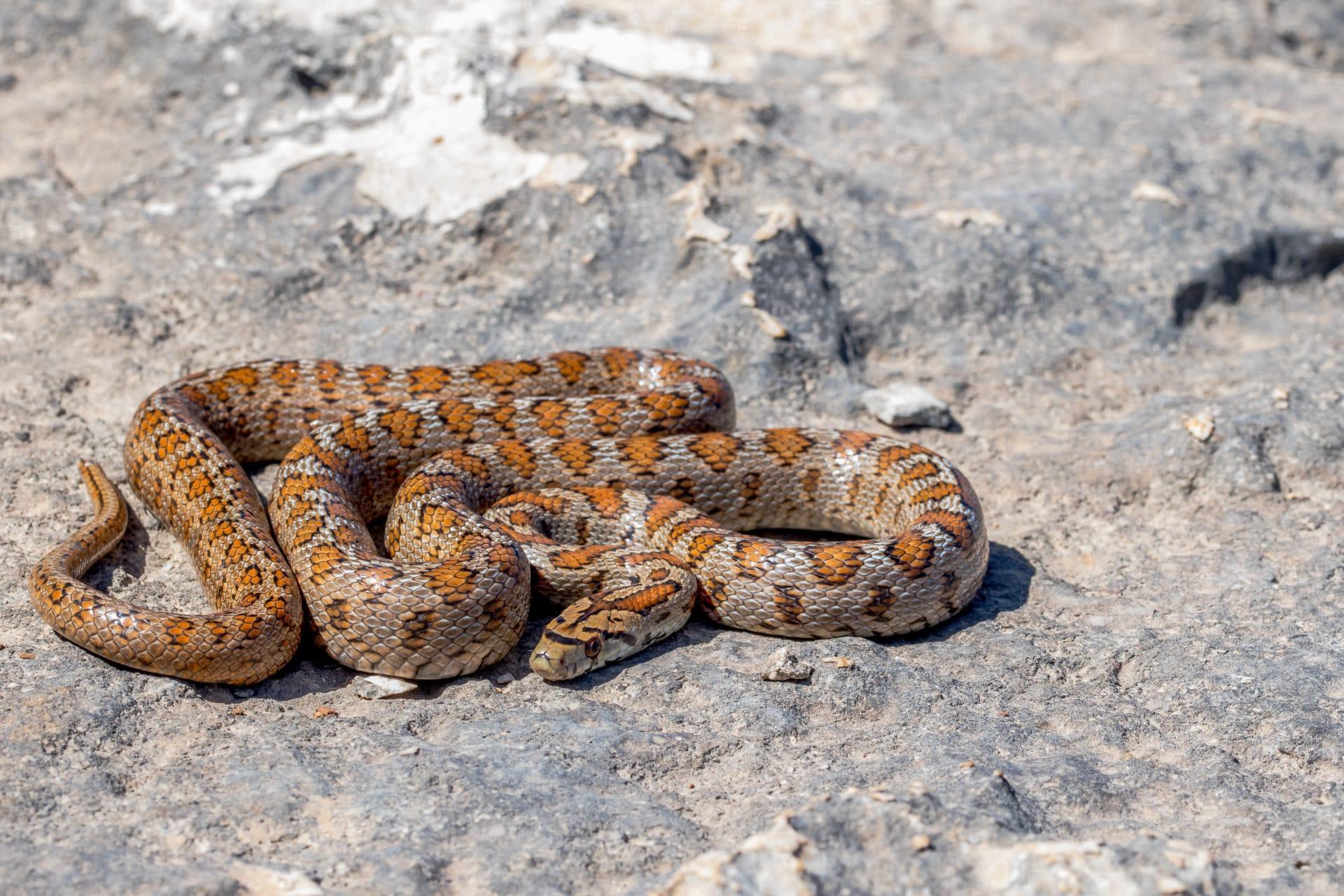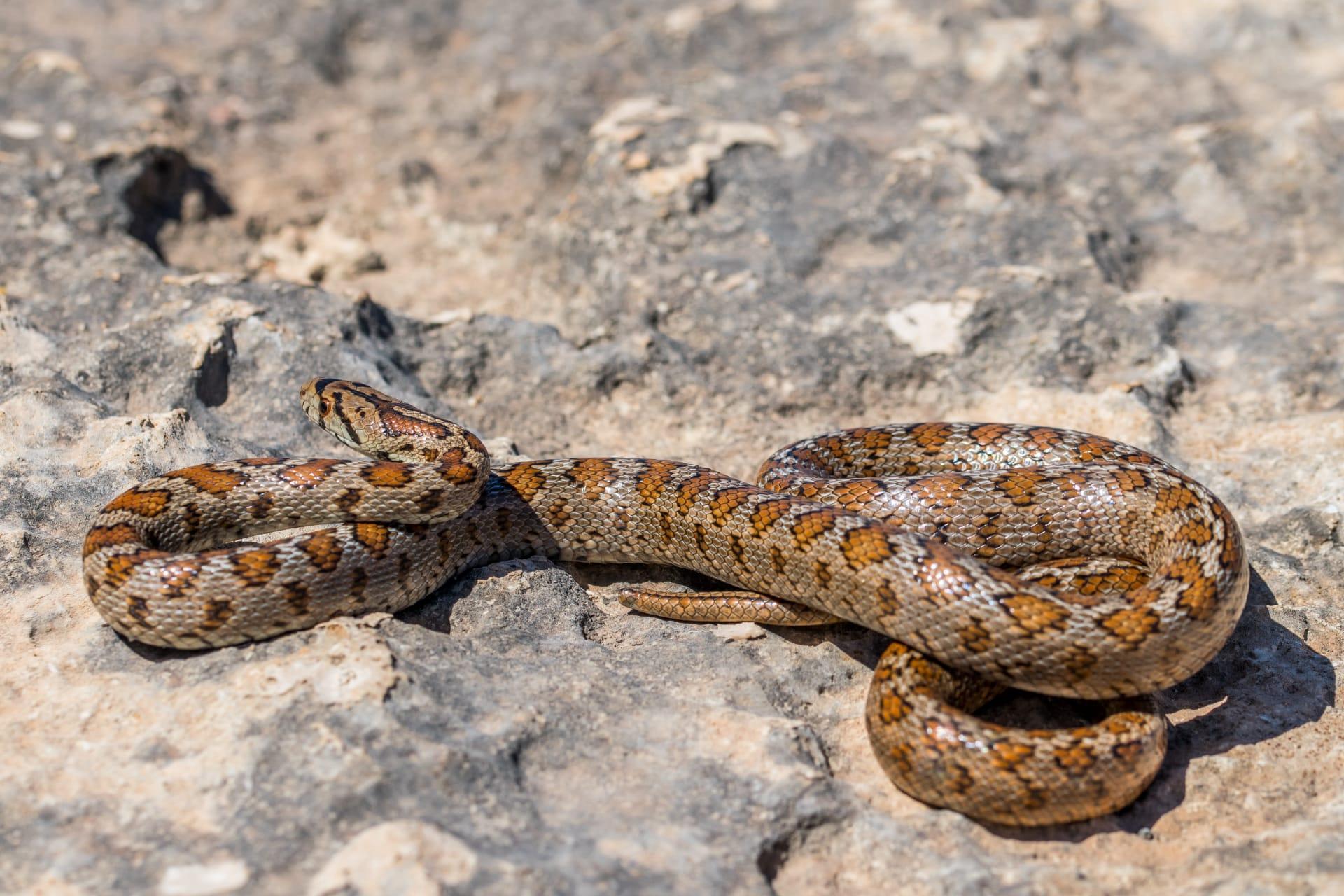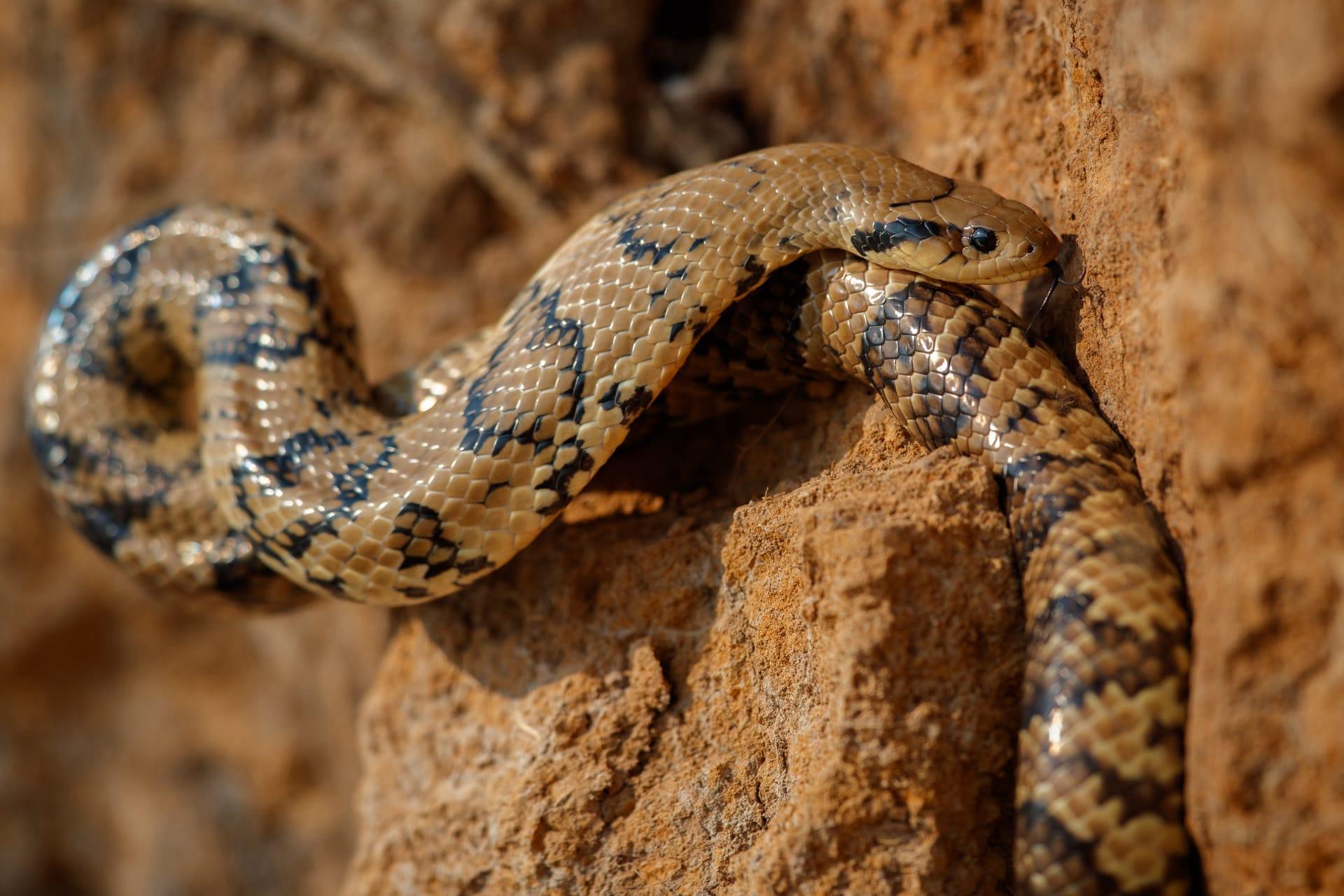Gopher Snake Characteristics
- Home /
- Mini Encyclopedia /
- Animal /
- Gopher Snake Characteristics
1
Gopher snakes, scientifically known as Pituophis catenifer, are remarkable creatures with distinct physical characteristics. Typically, these snakes can grow quite large, with adults commonly reaching lengths between 4 to 5 feet, although some can grow as long as 7 feet. They have a hefty, muscular build, which aids them in their various activities. The lifespan of a gopher snake in the wild averages around 12 to 15 years, but with proper care in captivity, they can live up to 20 years or more.
One of the most fascinating organs of a gopher snake is its Jacobson's organ, also known as the vomeronasal organ. This specialized sensory organ is located on the roof of the snake's mouth and plays a crucial role in its survival. The gopher snake uses its forked tongue to collect scent particles from the air or ground, which are then transferred to the Jacobson's organ. This organ helps the snake detect prey, predators, and pheromones from potential mates, making it an essential tool for navigation and survival in their habitat.

2
Question: What do gopher snakes eat, and how do they capture their prey?
Answer: Gopher snakes are known for their diverse diet, primarily feeding on small mammals like gophers, hence their name, as well as birds, eggs, and occasionally insects. Their hunting strategy is particularly interesting. They are constrictors, meaning they wrap their powerful bodies around their prey and squeeze until the prey ceases breathing. This method is efficient and allows them to tackle prey larger than what other snakes of similar size might handle. Their keen sense of smell, aided by the Jacobson's organ, enables them to track down prey even in burrows or hidden spaces.

3
Gopher snakes exhibit fascinating movement characteristics. They are primarily terrestrial, meaning they spend most of their time on the ground. However, they are also capable climbers and swimmers. Their movement is characterized by lateral undulation, where they move in a series of S-shaped curves. This movement pattern allows them to move quickly and efficiently across various terrains, from open fields to rocky outcrops.
When it comes to feeding, gopher snakes have a unique approach. They are ambush predators, often waiting in hiding to strike when a potential meal comes close. They also exhibit opportunistic hunting behavior, actively foraging for food when the opportunity arises. Once they locate their prey, they use their strong, muscular body to constrict and subdue it. Interestingly, they are also known to mimic rattlesnakes by shaking their tails in dry leaves or debris to produce a rattling sound, which can deter predators or curious humans.

4
The habitat of the gopher snake is quite varied, reflecting their adaptability. They are commonly found in North America, particularly in the United States and northern Mexico. Their preferred habitats include grasslands, agricultural fields, deserts, and forest edges. They are often seen in burrows, under rocks, or in other sheltered areas during extreme weather conditions. This adaptability to different environments is one of the reasons for their widespread distribution.
In terms of reproduction, gopher snakes are oviparous, meaning they lay eggs. Mating typically occurs in the spring following hibernation. Females lay clutches of around 12 to 24 eggs, which they deposit in a warm, moist, and hidden location. The eggs incubate for around 60 to 80 days before hatching. The hatchlings are independent from birth and receive no parental care. They are born with all the necessary skills to survive, including hunting and defending themselves.

5
Book: "North American Snakes: The Gopher Snake and Beyond" by Dr. Helen James, published in 2018 in the United States. This comprehensive guide offers an in-depth look at the gopher snake, among other North American snakes. Dr. James, a renowned herpetologist, dives into the biology, behavior, and habitat of these snakes. The book is praised for its detailed photographs and practical advice on snake observation and conservation.
Book: "The Secret Life of Snakes: Understanding the Gopher Snake" by Marcus Eldridge, published in 2020 in Canada. Eldridge, a wildlife biologist, explores the often-misunderstood world of snakes, with a focus on the gopher snake. The book combines scientific research with engaging anecdotes, shedding light on the daily life and ecological importance of these reptiles. It's aimed at a general audience, making it accessible for those new to herpetology.